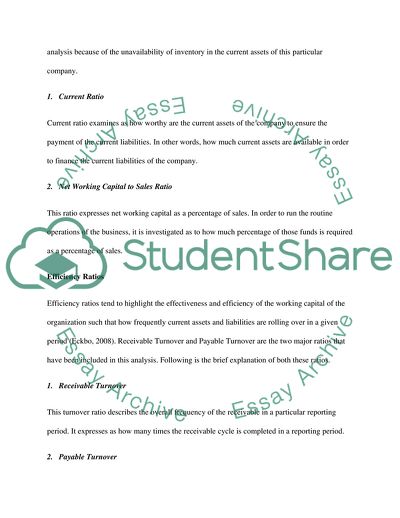Cite this document
(Ratio Analysis Research Paper Example | Topics and Well Written Essays - 1000 words, n.d.)
Ratio Analysis Research Paper Example | Topics and Well Written Essays - 1000 words. https://studentshare.org/medical-science/1780699-ratio-analysis-us-physical-therapy-inc
Ratio Analysis Research Paper Example | Topics and Well Written Essays - 1000 words. https://studentshare.org/medical-science/1780699-ratio-analysis-us-physical-therapy-inc
(Ratio Analysis Research Paper Example | Topics and Well Written Essays - 1000 Words)
Ratio Analysis Research Paper Example | Topics and Well Written Essays - 1000 Words. https://studentshare.org/medical-science/1780699-ratio-analysis-us-physical-therapy-inc.
Ratio Analysis Research Paper Example | Topics and Well Written Essays - 1000 Words. https://studentshare.org/medical-science/1780699-ratio-analysis-us-physical-therapy-inc.
“Ratio Analysis Research Paper Example | Topics and Well Written Essays - 1000 Words”. https://studentshare.org/medical-science/1780699-ratio-analysis-us-physical-therapy-inc.


